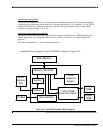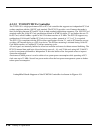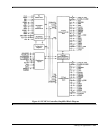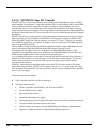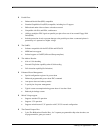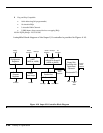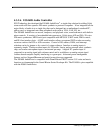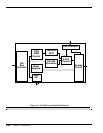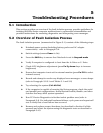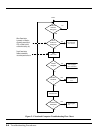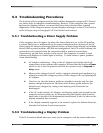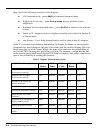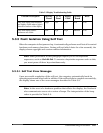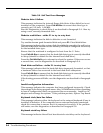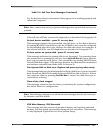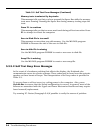
Troubleshooting Procedures 5-1
5
Troubleshooting Procedures
5.1 Introduction
This section provides an overview of the fault isolation process, provides guidelines for
isolating 60x/65x Series computer malfunctions to replaceable subassemblies and
provides instructions for executing diagnostics and interpreting error messages.
5.2 Overview of Fault Isolation Process
The fault isolation process (summarized in Figure 5-1) consists of the following steps:
♦ Notebook power system (including battery packs and AC adapter
connections) - refer to Paragraph 5.4.
♦ Switch settings (ensure Power is On)
♦ Press the Shift key to ensure that Notebook is not in Suspend mode
♦ Verify if computer is configured to boot from the A: Drive or C: Drive.
♦ Check LCD brightness adjustment (press Fn-Up Arrow keys to increase
brightness)
♦ Ensure that computer is not set for external monitor (press Fn-F12 to select
internal screen)
♦ Record and attempt to resolve any displayed error messages or error beeps
(refer to Paragraph 5.2.3.1 and Tables 5-1 and 5-2)
♦ Try rebooting the system (Ctrl-Alt-Del)
♦ If the computer is capable of running the Setup program; check the serial
and parallel port configurations, Sound System enable/disable, and other
features that may affect system operation.
♦ Run PC-Doctor Diagnostics to further isolate problem area (refer to
Paragraph 5.4). For indicated hardware failures, cycle power and repeat self
test to verify that a hard failure has occurred.
♦ Remove and replace suspect hardware (as described in Section 6 of this
manual) and retest the system using the diagnostic tests as described in
Paragraph 5.4.5.



